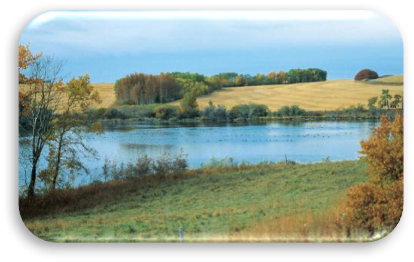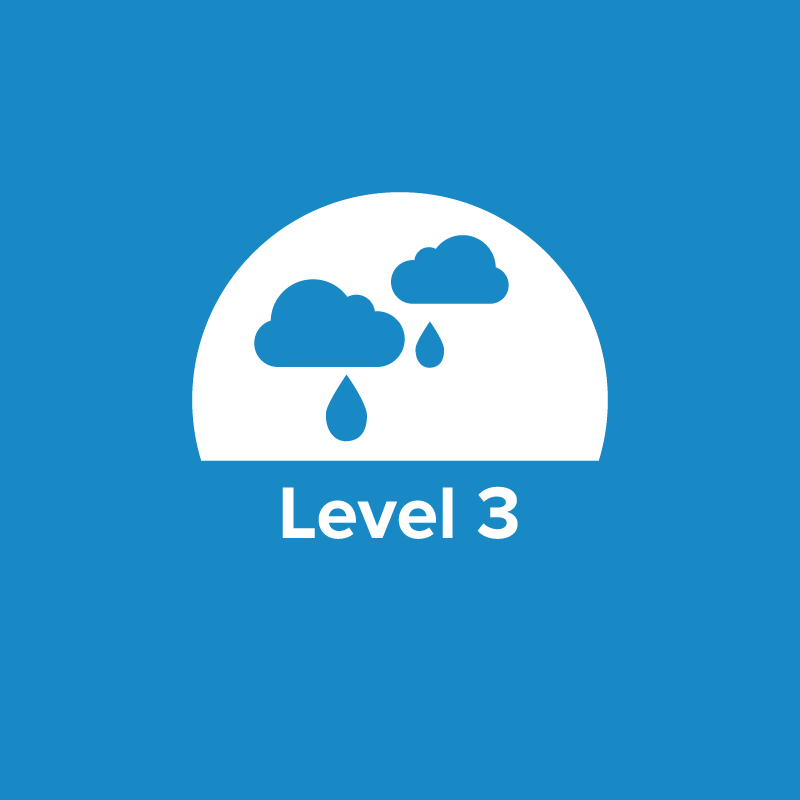Journey 2050 takes students on a virtual simulation that explores world food sustainability and answers the question, "How will we sustainably feed nearly 10 billion people by the year 2050?" The lesson plans and online simulation program allows students to make decisions on a virtual farm and witness their impact on society, the environment, and the economy at a local and global scale. The lessons engage students with the important concepts regarding sustainable agriculture. The online simulation contextualizes these concepts as students experience the lives real farm families throughout the world. As students interact with each family, they learn the role of best management practices in feeding the world, reducing environmental impacts and improving social performance through greater access to education, medical care and community infrastructure. These lessons can be taught individually or as an entire unit. See the links below for the remaining lessons: 
Imagine a picture of the Earth. All the blue that you see is water, and it makes up 70 percent of Earth’s surface. However, we can only use a tiny fraction of it. Only 2.5 percent of Earth’s water is freshwater, found in glaciers and polar ice caps, groundwater, surface water such as lakes, ponds and rivers, and in the atmosphere. Only 0.3 percent of that is accessible for us to use.1
Water is essential, not just for drinking and keeping clean, but throughout our lives. For example, we need water to make the cars that get us to school and to grow the food that we eat. We can’t live without water. As our population grows, there is even more pressure on our limited supplies. Today, about 1.3 billion people live in regions with an uncertain supply of fresh water.2 With economic and population growth in those areas, more than half the world’s predicted population will face water shortage by 2050 if nothing is done.3 Water is essential and needs to be conserved and protected.
Water is an essential part of agriculture. In fact, nearly three-quarters of the world’s freshwater is used in agriculture to produce the food, fiber and products that we need to live.4 For example, it takes 435 liters (115 gallons) of water to grow enough wheat to make just one loaf of bread5 and about 11,000 liters (2,900 gallons) to make a pair of blue jeans.6 This calculation includes the water required to grow the raw materials, process them and manufacture the final product. As our climate changes, the weather is becoming more extreme and unpredictable. In some parts of the world, the climate is becoming drier, and in others it is becoming wetter. The unpredictable availability of water is making it harder for farmers to grow crops, putting our food supply at risk.
Through advances in technology and improved best management practices, farmers try to ensure that crops have the right amount of water while conserving water and maintaining water quality. It’s about using the right amounts at the times when crops need water most. Too little and seeds can dry up. Too much and water is wasted as runoff.
For example, in countries like Kenya where rainfall can be unpredictable, farmers collect and store rainwater to reuse when it’s needed most. They also utilize drip irrigation where water is delivered close to plant roots through a pipe, drop by drop. This minimizes water losses from evaporation and increases yields by as much as 90 percent compared to plants only receiving rainwater.7
In countries like Canada or the United States, pivot irrigation is a great way to apply water at specific times of the day. Technology plays a key role in water management. Farmers can use their phones to gain information on the soil moisture content of their crops. They can get live weather updates and calculate how much water is needed for the day. They can remotely turn their irrigation systems on and off to use water more efficiently while increasing crop yields.
Another best management practice is conservation tillage, which involves covering at least 30 percent of the soil surface with crop residues left after harvesting.8 This helps slow water movement, reducing the risk of erosion. It also provides more organic matter, improving soil health. A healthy soil will hold more moisture and grow better crops.
Landowners can also improve water quality by preserving wetland and riparian areas, which are spaces between land and the waterway, ideally filled with native grasses, shrubs and trees. These areas provide many benefits, such as helping filter nutrients that are collected as the water runs over the land; helping control water during floods; and providing habitat for animals.
Through innovations such as new seed varieties, scientists are developing crops that are more resistant to change in climates so we can grow crops even when the growing conditions are not ideal. Sharing best practices and providing everyone with the tools they need to use water more efficiently is critical. It is important that every single day of the year we all take the time and make the effort to conserve and protect our precious water supplies.


